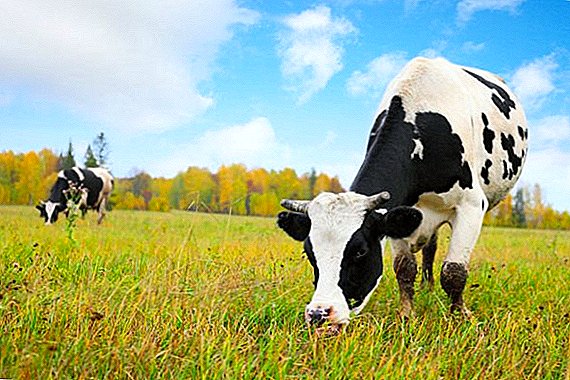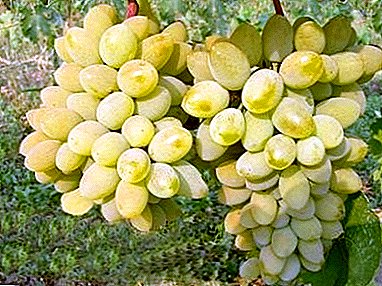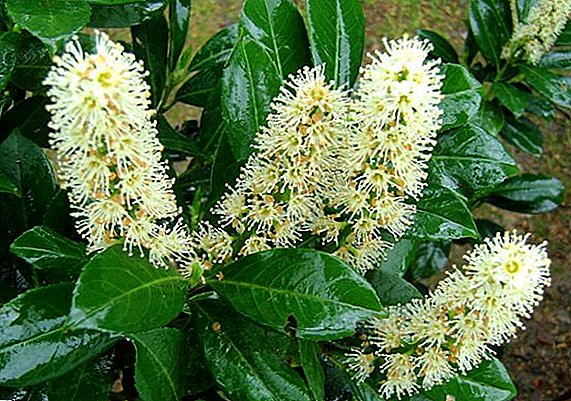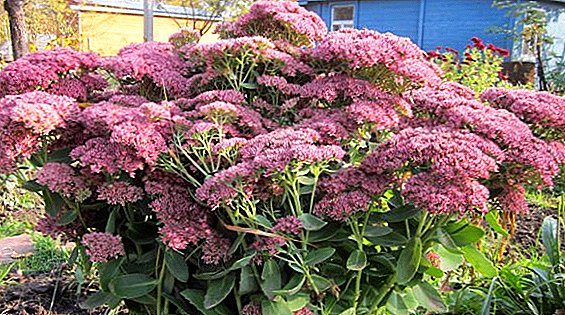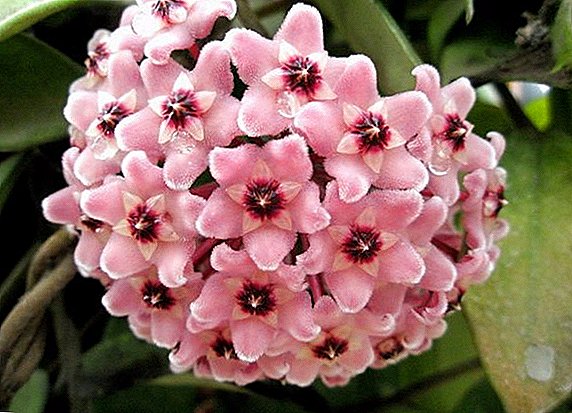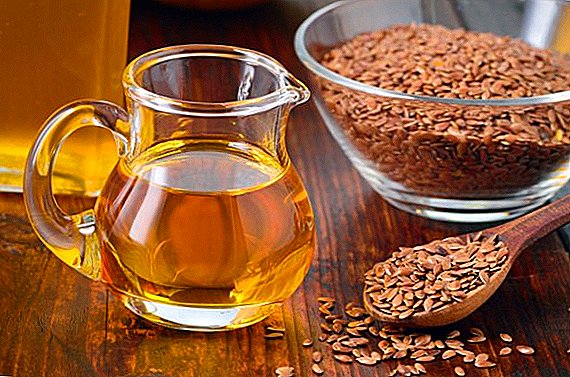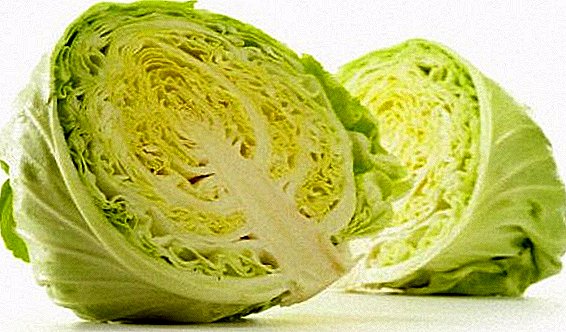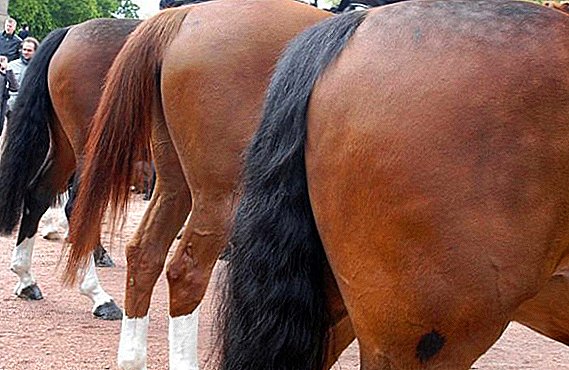 After the horse was tamed, the interest in this animal did not disappear. Until now, people discover something new, and every time they are surprised by this incredible animal. Parts like the tail and the mane attract the most attention.
After the horse was tamed, the interest in this animal did not disappear. Until now, people discover something new, and every time they are surprised by this incredible animal. Parts like the tail and the mane attract the most attention.
Horse tail
The horse's tail is treated as a separate part of the body. Speaking of its length, imply the distance from the croup and to the tips of horsehair. However, even it is divided into several parts.
Learn how to harness horses.
The area where it moves away from the body is called a replica. This is a complete projection of 1 caudal vertebra, on which there are muscles and skin.  This allows the animal to perform different movements with this part of the body, such as waving or lifting. Horse hair, which complements the muscular projection, not only increases the apparent length, but also makes the tail more beautiful.
This allows the animal to perform different movements with this part of the body, such as waving or lifting. Horse hair, which complements the muscular projection, not only increases the apparent length, but also makes the tail more beautiful.
Important! The length of the hair of the tail and mane depends on the breed and methods of keeping the animal. Despite the fact that they have the same color, they may still differ from the main color of the body.
Why do horses need a tail
Horse coat is its natural decoration.  However, this vegetation grows to perform the following important functions:
However, this vegetation grows to perform the following important functions:
- protect the animal from the annoying flies and other insects;
- prevents water from entering the anus, protecting it from irritation.
Did you know? The longest tail was recorded on a horse named Samer Breeze, who lives in Arkansas. Its length is more than 3 meters.
How to care for him
In order for the horse to look beautiful, its body needs constant care, especially for long hair, as they themselves are not soft and silky. First of all, they need to be systematically washed. This should be done monthly. During these procedures, you need to use a special shampoo, which can be purchased at many pet stores. If there is yellowness in the hair, you need to choose a bleaching agent. After the mandatory need to comb the hair.  This will help remove dead hairs, prevent tangles from forming, and contribute to the even distribution of natural fat along its entire length. For this procedure, take a special brush with sparse bristles or a brush with natural bristles.
This will help remove dead hairs, prevent tangles from forming, and contribute to the even distribution of natural fat along its entire length. For this procedure, take a special brush with sparse bristles or a brush with natural bristles.
Before you begin the process of combing, you need to remove fingers, turnips, chips and other elements that could be entangled in the hair of the animal. Scratching starts from the tips and gradually rise to the base of the tail. Continue until the hair is soft and silky. In conclusion, everything is treated with a special tool for shine.
Important! To unravel the tail, without prejudice to the density, it is recommended to treat it with corn starch, if it is not possible to purchase a special solution designed for this.
How to braid a horse's tail
Before embarking on weaving, you need to check whether such weaving is suitable for your horse's tail breed or not:
- he must be fat;
- hair must be the same length on both sides.

The process of weaving consists of the following actions:
- Horse tied, you can distract her by offering favorite food.
- Brush your hair, holding the entire tail in your hand and gradually combing through small areas.
- Moisten the tail in any way possible.
- For the subsequent fortress put gel for weaving or egg white.
- All hair is divided into 3 bunches. From each take on a small amount and begin the French weave braids. For each new round, replenish the amount of free hair.
- After braided three quarters of the length, tighten the braid. Make sure that it goes smoothly, and at the same time there is uniform pressure in each side.
- The rest of the length is completed without attracting additional hair. In the end they fix with a strong rubber band or thread.
Did you know? Horse hair is very strong and tough. They used to make bowstrings from them, today they make brushes, brushes, and even grinding rollers for the glass industry.As you can see, taking care of a horse’s long tail is easy enough if you know how to do it properly. And if you follow the advice that is set out in our article, then problems should not arise at all.
Video: how to braid a tail


